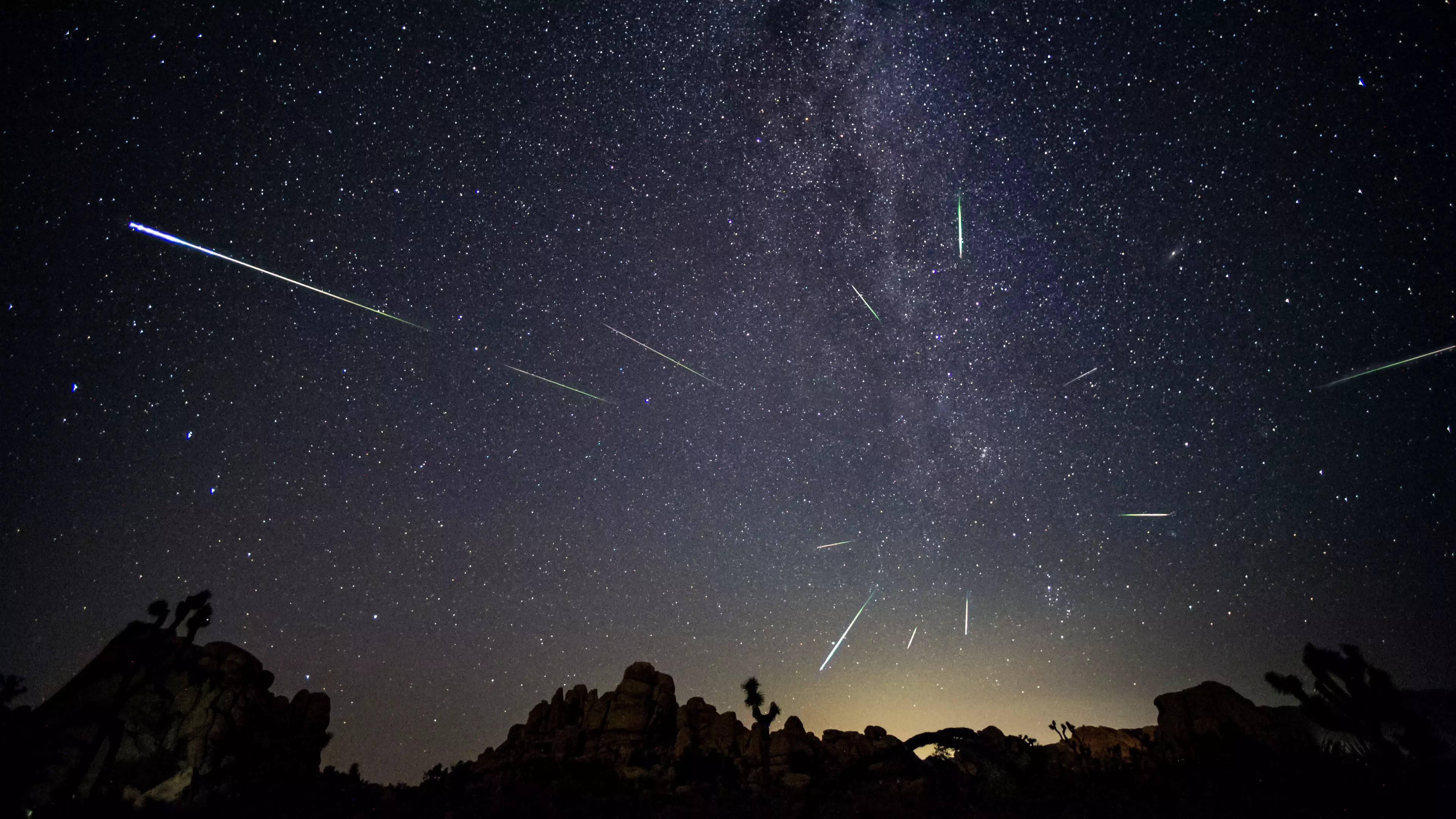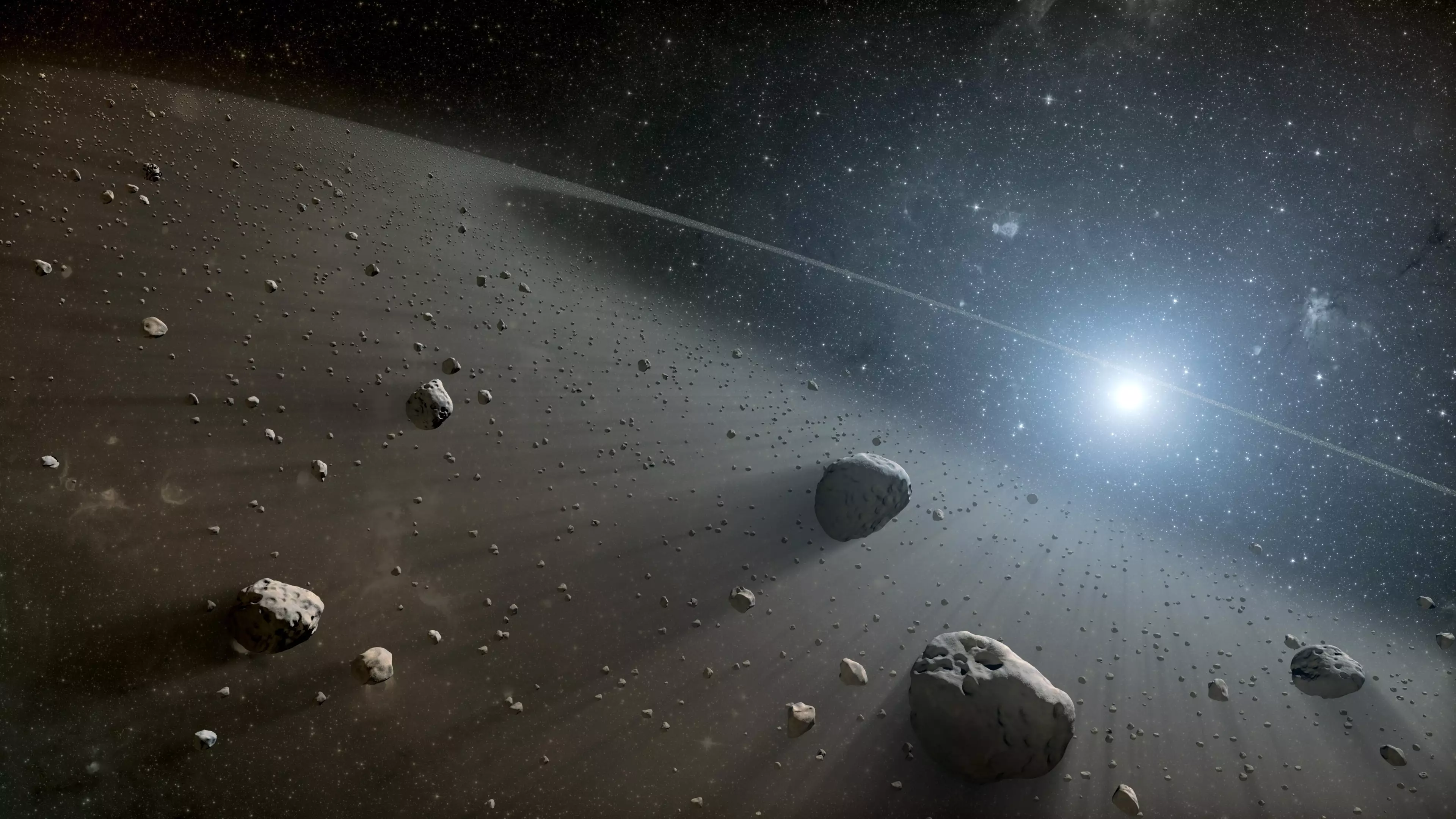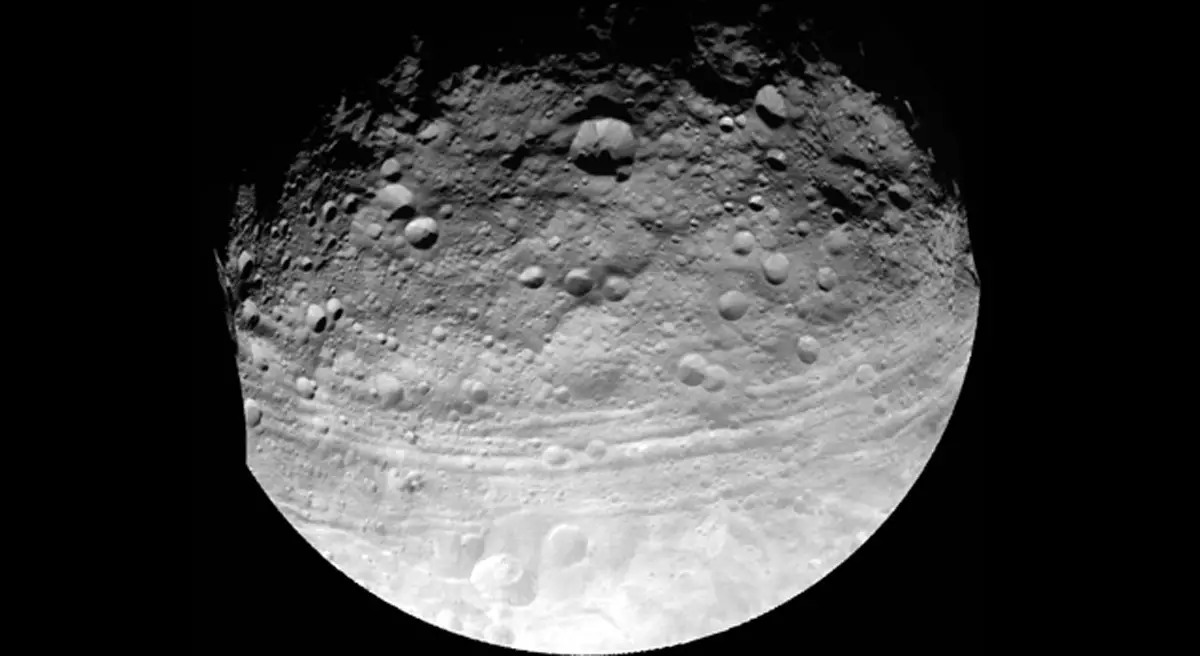
NASA has revealed that five large asteroids - one potentially around the size of the Big Ben tower - are about to whizz past Earth in pretty close proximity to us today.
Don't worry - in space terms, pretty close is still what we'd consider very far indeed, but it's still interesting to know.
NASA's Centre for Near Earth Object Studies are forever watching the skies to check out for any space debris that could come close to us, and they've spotted that there are a number of extra-terrestrial objects that are going to fizz by us today.
The biggest one, which has been called 2019 TM7, is between 42 metres and 95 metres in diameter. The Big Ben tower is 96 metres tall. Imagine a rock that was as big as that.

As previously mentioned, when the centre calls things 'close', they actually mean a matter of millions of miles away.
2019 TM7 is going to be around 2.5 million miles away when it flies by at around 2.41pm today (UK time). The other four rocks - 2019 TE2, 2019 TW6, 2019 TP5 and 2019 TA1 - aren't quite as big as that, but they'd still make a decent crater if they collided with our planet.
Luckily, the closest that any of them are going to get is within 1.9 million miles of us. That makes any impact with the planet incredibly unlikely.
These 'near' misses happen more often than you'd think. NASA comes across around 30 Near Earth Objects (NEOs) each week, and has observed over 20,000 of the things so far.
Just to keep us on our toes, they're keen to point out that their record of NEOs isn't exhaustive. That means that we could suffer an unpredicted impact from something at 'any time'.

The US-based space agency pointed out: "Experts estimate that an impact of an object the size of the one that exploded over Chelyabinsk, Russia, in 2013 - approximately 55 feet (17 meters) in size - takes place once or twice a century.
"Impacts of larger objects are expected to be far less frequent (on the scale of centuries to millennia).
"However, given the current incompleteness of the NEO catalogue, an unpredicted impact - such as the Chelyabinsk event - could occur at any time."
Oh, great. You can just rock me to sleep this evening, NASA.
To put the Chelyabinsk incident into context, the Russian Interior Ministry spokesperson Vadim Kolesnikov said that in the aftermath of that incident 1,100 people called up for medical assistance.
Most of them were because of broken glass relating to the shockwave, but one woman broke her spine.
These things do happen, guys.
Featured Image Credit: PATopics: Science, Interesting, Nasa, space